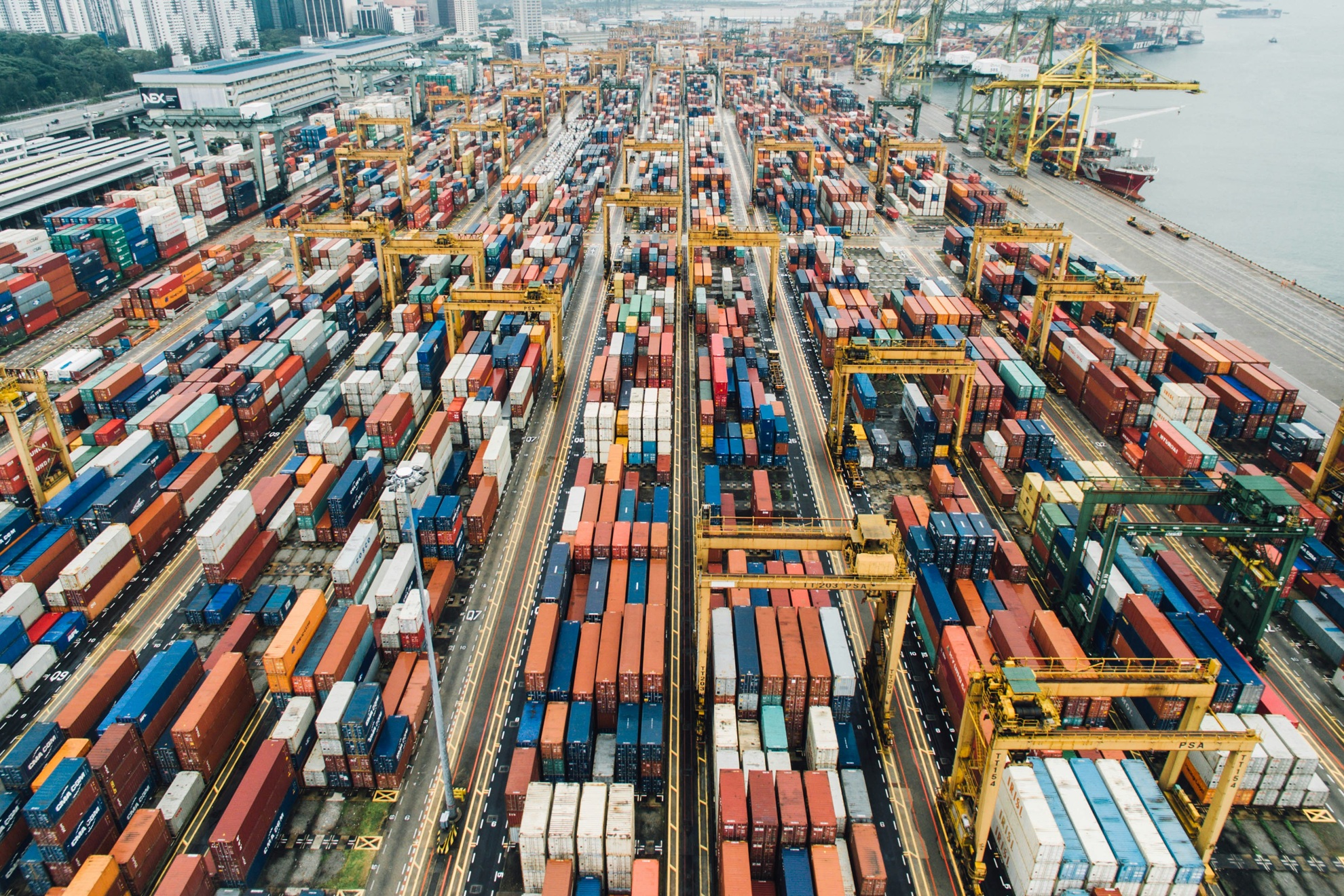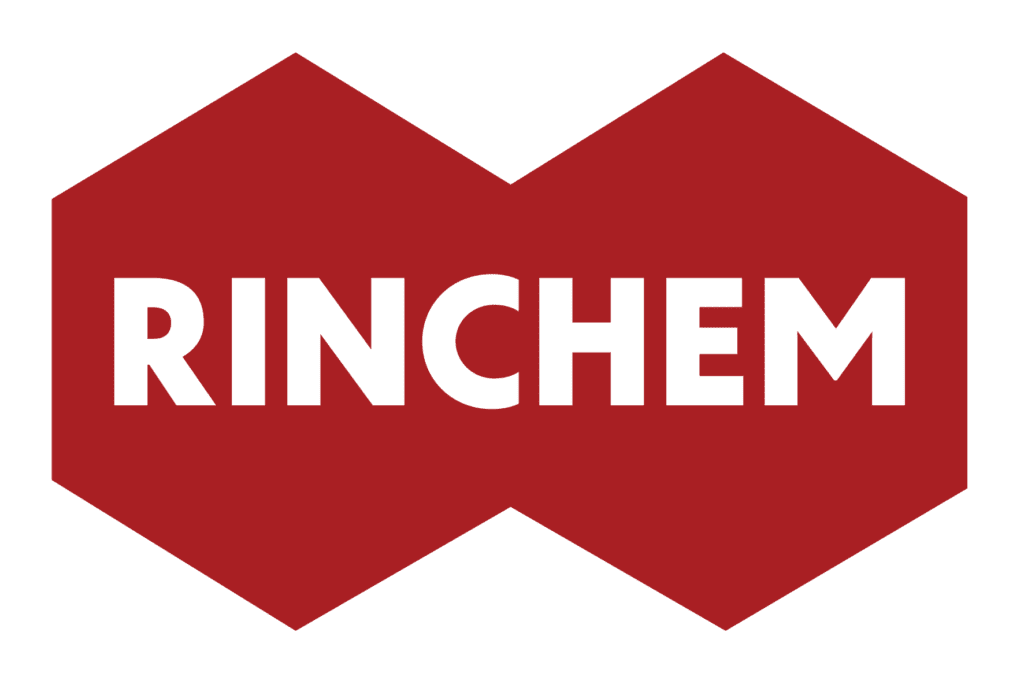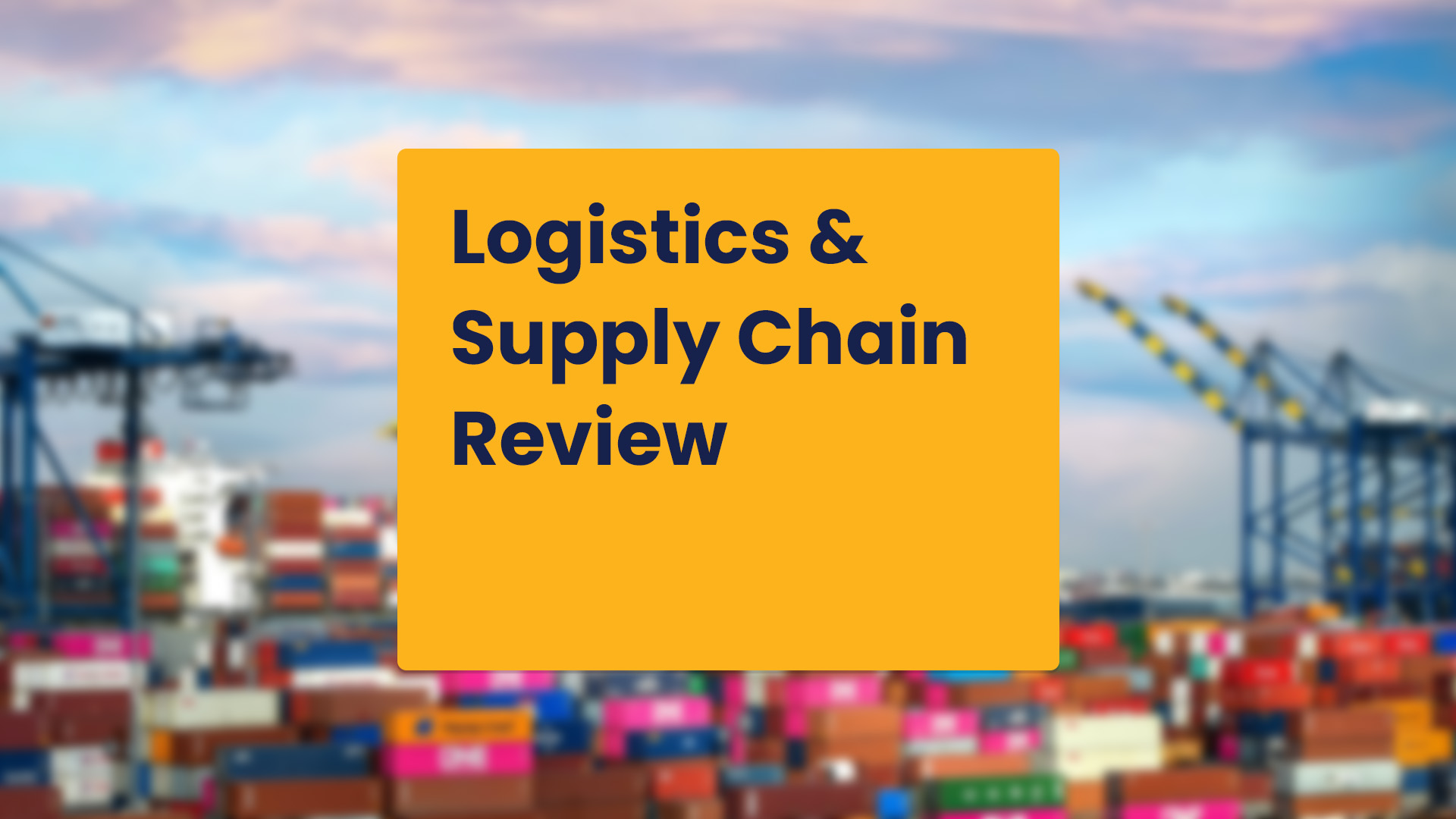Healthcare 3PL (Third-Party Logistics) Market estimated to reach US$120.631 billion by 2030 at a CAGR of 6.44%
The article reports that the global healthcare third-party logistics (3PL) market is projected to reach approximately USD 120.63 billion by 2030, growing at a compound annual growth rate (CAGR) of 6.44%.
Key Drivers of Growth:
-
Rising Demand for Biopharmaceuticals: The increasing need for temperature-sensitive products like biologics and vaccines necessitates specialized cold chain logistics services.
-
Technological Advancements: The integration of technologies such as the Internet of Things (IoT), blockchain, and artificial intelligence (AI) enhances real-time tracking, temperature monitoring, and data analytics, ensuring the integrity of medical products throughout the supply chain.
-
Regulatory Compliance: Stringent regulations governing the transportation and storage of healthcare products require 3PL providers to maintain high standards, further driving market growth. Market Segmentation Insights:
-
By Industry: The biopharmaceutical segment holds the largest market share due to the complexity and sensitivity of its products.
-
By Supply Chain: While non-cold chain logistics currently dominate, cold chain logistics are expected to experience significant growth owing to the increasing demand for temperature-controlled transportation.
-
By Service Type: Transportation services lead the market, but warehousing and storage services are also crucial, especially for products requiring specific storage conditions.
Regional Outlook:
-
North America: This region currently leads the market, attributed to its advanced healthcare infrastructure and high adoption of outsourcing practices in logistics.
-
Asia-Pacific: Expected to witness significant growth due to expanding pharmaceutical and biotech industries, increasing healthcare expenditures, and rising demand for efficient supply chain solutions.
In summary, the healthcare 3PL market is poised for substantial growth, driven by the increasing complexity of healthcare products, technological advancements, and the need for compliance with stringent regulatory standards.
Exclusive: US tariffs may cost chip equipment makers more than $1 billion, industry estimates
The Reuters article reports that U.S. semiconductor equipment manufacturers could face over $1 billion in annual losses due to new tariffs proposed by President Donald Trump's administration. Major companies like Applied Materials, Lam Research, and KLA may each incur approximately $350 million in losses, while smaller firms such as Onto Innovation could see tens of millions in additional costs. These losses stem from missed overseas sales of less advanced equipment, increased expenses from sourcing alternative parts, and compliance-related costs. The Trump administration has paused previously announced reciprocal tariffs but is considering further actions to promote domestic manufacturing, including initiating an import investigation. These potential costs add to the billions already lost following former President Biden's export controls aimed at limiting advanced chip manufacturing in China, which has prompted China to enhance its domestic semiconductor equipment capabilities. SEMI, a global industry trade group, has been in ongoing discussions with U.S. officials, and the total cost implications may evolve as the specifics of the tariffs become clearer.

It’s high time to go beyond visibility
The article "It’s High Time to Go Beyond Visibility" from Supply Chain Management Review emphasizes that while real-time supply chain visibility is crucial, it alone is insufficient in today's complex global environment. The authors advocate for cultivating organizational vigilance—the capability to anticipate, adapt to, and proactively manage disruptions and long-term shifts.
Key points include:
-
Limitations of Visibility: Technological tools like dashboards and tracking systems provide transparency but may not adequately prepare organizations for systemic challenges such as geopolitical tensions, AI advancements, or environmental concerns.
-
Importance of Vigilance: Beyond monitoring current operations, vigilance involves strategic foresight, scenario planning, and organizational adaptability to navigate uncertainties effectively.
-
Case in Point: The Boeing example illustrates that even with robust visibility, neglecting deeper risk management can lead to significant operational issues.
Get more articles like this in your inbox
Sign up for our monthly newsletter
Find more articles



